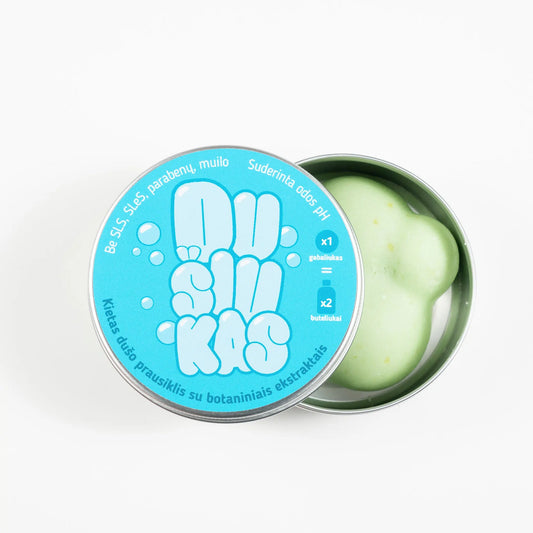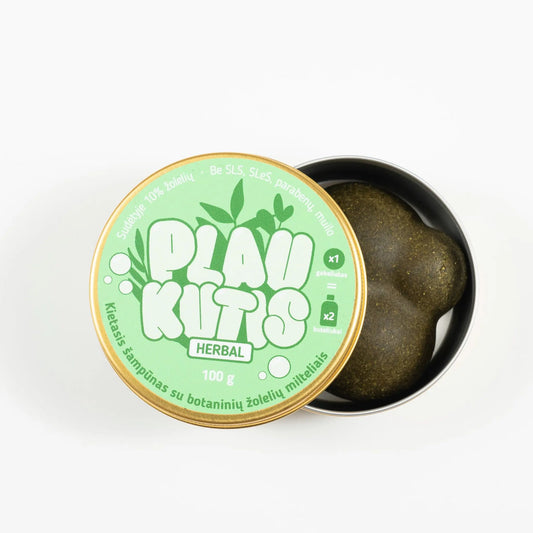Hair has always been more than just a lock of hair on our heads – it’s a symbol of identity, strength and even immortality. Hair has taken on profound significance across cultures and time periods, from personal beauty to sacred relics. But what happens when hair is stolen or preserved forever through mummification? In this article, we delve into the strange, unexplained and intriguing history of hair – from historical hair thefts to ancient mummification practices. Why would someone steal a lock of hair, and how did ancient civilizations perfect the art of hair preservation? Let’s find out.

Famous historical hair thefts
Hair theft may seem like something out of a movie, but it's been happening for centuries. Famous people have even had their hair removed after death for sentimental reasons, to sell for a large sum of money, or even for occult reasons. Here are some of the most famous hair thefts in history.
Theft of Napoleon's hair
One of the most famous stories of hair theft involves Napoleon Bonaparte himself. After his death in 1821, several of his servants cut off locks of his hair. These locks were passed down from generation to generation, and some were even sold at auction. In 2007, one such lock sold for $13,000 at auction. Even more intriguing details emerged when some of Napoleon's hair was tested for arsenic, and high levels were found, leading to speculation that he may have been poisoned while in exile on the island of St. Helena.

Fun fact: During the 19th century, it was common to preserve locks of hair from deceased loved ones as personal mementos. The hair was sometimes even used to make mourning jewelry, such as lockets or rings.
Theft of Beethoven's hair
Ludwig van Beethoven, the famous composer, was also a victim of posthumous hair theft. After his death in 1827, fans cut off locks of his hair. In 1994, a lock of Beethoven's hair sold for $7,300 at auction, but its value is not limited to money. In 2000, scientists analyzed Beethoven's hair and found high levels of lead, suggesting that the composer may have suffered from lead poisoning, which may have contributed to his deafness.

Cultural example: In the 19th century, hair was so valuable that it became a way to honor the dead. It was not uncommon to keep relics of celebrity hair as a sign of admiration.
Elvis Presley's hair theft
Hair theft didn't stop with the classical era—it moved into the modern celebrity world. In 2002, a lock of Elvis Presley's hair sold for $115,000 at auction. The hair was cut by his personal barber, and it remains one of the most expensive celebrity hair ever sold. Fans wanted a piece of it, which is why Elvis' hair is still highly sought after by collectors.

Fun fact: A lock of John Lennon's hair sold for $35,000 in 2016. Beatles fans still seek to have any connection to the band, and hair is one of the most intimate connections to celebrities.
Theft of Marie Antoinette's hair
Marie Antoinette's hair has become part of many historical relics. Known for her elaborate and iconic hairstyles, after her death during the French Revolution, her hair became a sought-after relic. Locks of her hair were circulated among the French aristocracy and collectors. Some samples of her hair were analyzed and found to contain traces of mercury , likely due to the frequent use of hair products and powders.

Cultural observation: In the 18th century, the French aristocracy often displayed their wealth and status through elaborate arrangements of wigs and hairstyles, contributing to the growing interest in royal hair relics.
Why was hair mummified in ancient cultures?
In ancient cultures, hair was often mummified along with the body because it symbolized vitality and identity. Mummification was not just about preserving the physical body, but also about preserving the spirit of the individual. Hair, unlike skin, does not decompose as easily, making it an important part of the mummification process.
Egyptian hair mummification
The ancient Egyptians were pioneers of mummification, and hair preservation was an important part of their burial practices. Pharaohs and the highest echelons of society had their hair carefully styled, washed, and treated with special oils and resins before mummification. Recent research has shown that ancient Egyptian hair remained largely intact, often retaining its color, texture, and shape. Ramses II's hair still survives, and it had a reddish hue that was natural, not dyed.

During mummification, hair was coated with a mixture of resins, beeswax, and essential oils to ensure its survival for thousands of years. The ancient Egyptians believed that healthy and preserved hair was essential for recognition in the afterlife, and symbolized eternal youth and beauty.
Fun fact: Researchers have found that some ancient Egyptian wigs were made of human hair, sometimes braided into intricate hairstyles. These wigs were preserved with mummies and have provided valuable information about ancient hair care rituals.
Preserving Inca hair
The Inca civilization also highly valued hair. In South America, archaeologists have discovered mummies in the Andes Mountains whose hair was remarkably preserved due to the cold, dry climate. Some of the mummies had intricately braided hairstyles that reflected their social status and cultural identity.

Cultural example: The Inca civilization believed that hair had spiritual power. Hair was often intricately braided before burial to honor the dead, and some Inca mummies found in the Andes Mountains have preserved hair even after 500 years .
Modern cases of hair theft and mummification
While hair mummification may seem like an ancient practice, hair theft and preservation continues today. Today, hair theft occurs for a variety of reasons, often for profit.
Celebrity hair auctions
Celebrity hair continues to sell for thousands of dollars at auction. In 2016, a lock of David Bowie's hair, collected during a photo shoot at Madame Tussauds in the 1980s, sold for $18,750 at auction. Celebrity hair, especially from iconic figures like Bowie, has significant sentimental and cultural value.

Fun fact: Even Justin Bieber's hair was sold for $40,668 on eBay in 2011. The money received for this lock of hair was donated to charity, showing how hair can have not only cultural but also philanthropic significance.
Hair theft and the extension industry
In some parts of the world, human hair is worth its weight in gold. The global hair extension industry is valued at more than $10 billion , and human hair is in high demand, especially in countries like India and China. Unprocessed hair that has not been chemically treated is particularly valuable and can be sold for high prices on the black market. Hair theft, especially in South America and Africa, has become a criminal problem, with robbers cutting off women's hair or stealing long hair from salons.

Myth debunking or interesting facts
- Myth: Hair decays quickly after death.
Fact: Hair can remain intact for thousands of years. Some mummies have been found with hair that has remained in near-perfect condition after many centuries. - Fun fact: The longest-preserved lock of hair ever sold at auction belonged to Elvis Presley and was sold for $115,000 .
- Myth: Only modern celebrities have hair auctions.
Fact: Beethoven, Napoleon, and even Marie Antoinette had stolen hair relics that were sold long before celebrity culture. - Interesting fact: Ramses II's red hair has survived to this day thanks to ancient Egyptian preservation techniques, and it suggests that his hair color was natural, not dyed.

Practical tips or solutions
- Hair Relics: If you're interested in history, hair relics from famous figures like Beethoven or Elvis Presley are still sold at auctions, but be prepared to pay a high price.
- Preserving Hair: If you want to keep a lock of hair as a keepsake, store it in a dry, airtight container to protect it from decay.
- DNA testing using hair: Preserve family heritage by preserving hair samples that can be used for DNA testing and family history research.
- Beware of hair theft: Hair today has value for more than just beauty. Be careful when traveling to regions where hair theft is common.
- Hair Extension Buyers: Only purchase hair extensions from trusted suppliers to avoid indirectly supporting hair sold on the black market.

FAQ (Frequently Asked Questions)
- Why was hair mummified in ancient cultures?
Hair symbolized vitality, and preserving it was seen as a way to maintain an individual's identity and spirit in the afterlife. - Can hair really last for thousands of years?
Yes! Hair is very resilient, and mummies from civilizations such as Egypt and the Inca Empire have been found with hair still intact after many centuries. - Why are people so fascinated by celebrity hair?
Celebrity hair gives fans a personal connection to their idols. Hair is unique, making it a valuable and sentimental heirloom. - Does hair theft still happen today?
Unfortunately, yes. Hair theft for extensions is common in countries where human hair is highly valued, and some criminal groups target women with long hair. - What are hair relics used for today?
Some people collect hair relics as historical relics, while others use hair for DNA testing to learn more about family history.

Conclusion
Hair theft and mummification may seem like ancient practices, but they still intrigue us today. From stolen celebrity hair to perfectly preserved ancient hair, these stories remind us that hair has cultural, spiritual, and personal significance. Whether it's a lock of a loved one's hair, a relic of a famous person, or a historical artifact, hair's journey through time is full of mystery, value, and fascination.













